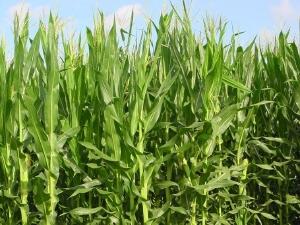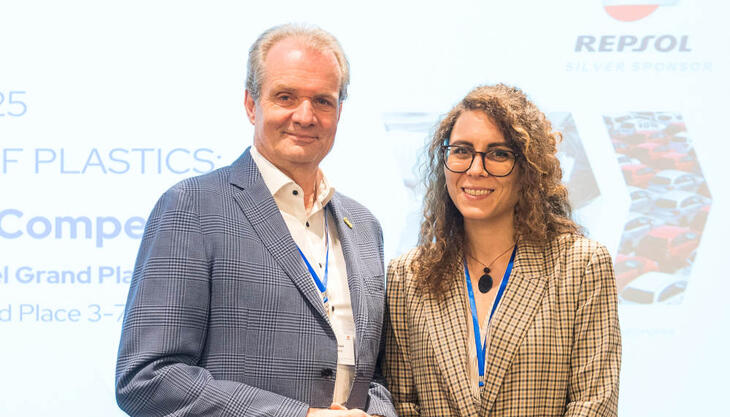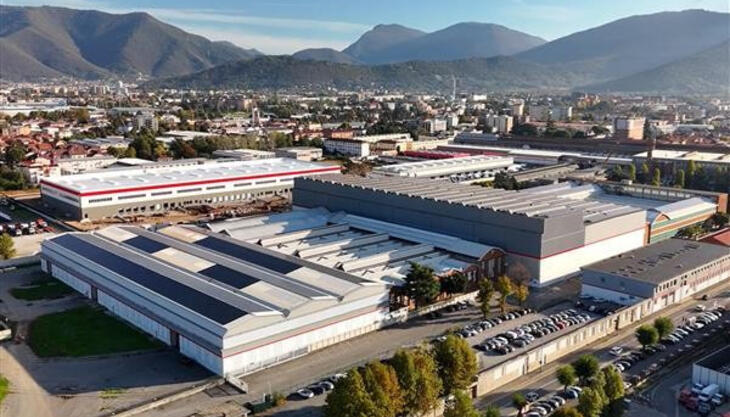Land-use for bioplastics

The surface required to grow sufficient feedstock for today's bioplastic production is less than 0.006% of the global agricultural area of 5 billion hectares. Metaphorically speaking, this ratio correlates to the size of an average cherry tomato placed next to the Eiffel Tower. This is the key finding published on April 8 by European Bioplastics, based on figures from the Food and Agriculture Organization of the United Nations (FAO) and calculations of the Institute for Bioplastics and Biocomposites (IfBB, University of Hannover).
In a world of fast growing population with an increasing demand for food and feed, the use of feedstock for non-food purposes is often source of controversial debates. Of the 13.4 billion hectares of global land surface, around 37 percent (5 billion hectares) are currently used for agriculture. This includes pastures (70%) and arable land (30%). These 30% of arable land is further divided into areas predominantly used to grow crops for food and feed (27%), as well as crops for materials (2%, including the share used for bioplastics), and crops for biofuels (1%). These data are clear: 0.006% used to grow feedstock for bioplastics are not at all in competition with the 98% used for pastures and to grow food and feed.
According to European Bioplastics, increasing the efficiency of feedstock and agricultural technology, together with reliable and independent sustainability assessment schemes, will be key to assuring the balance between land-use for innovative bioplastics and land for food and feed.
















